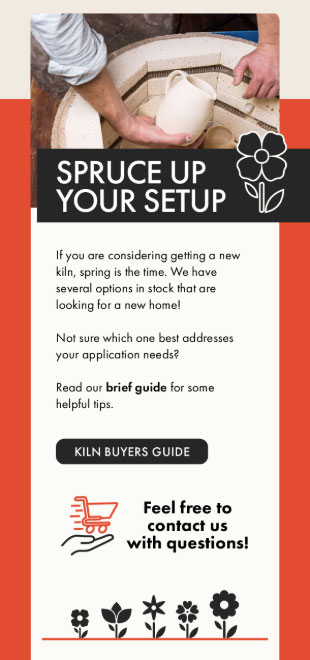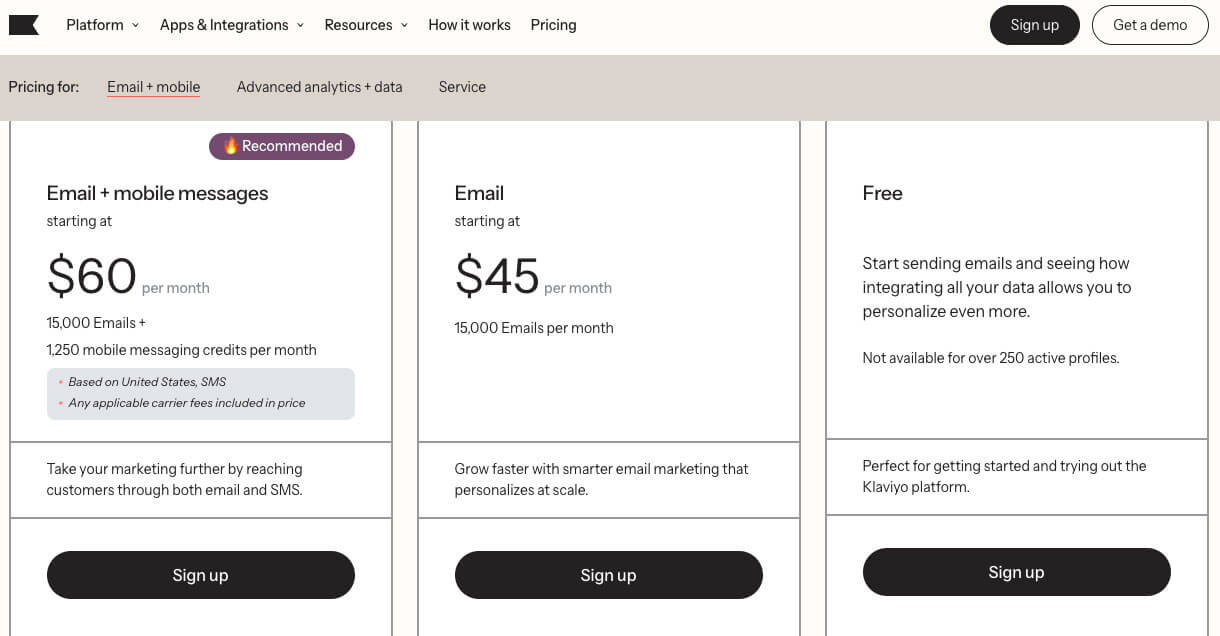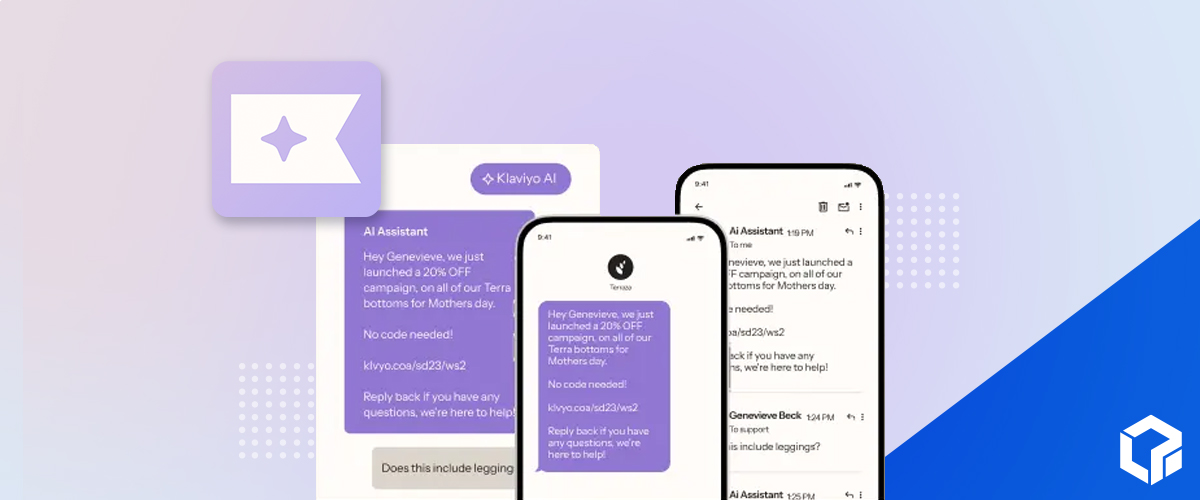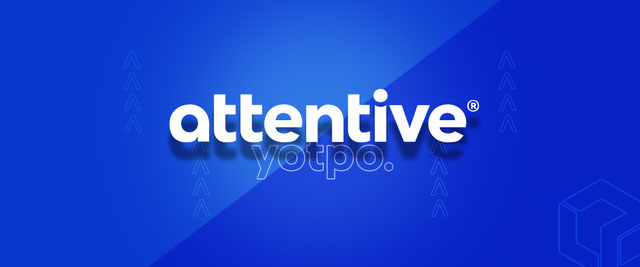Most businesses know by now that email is one of the best marketing channels for achieving a high return on investment. But with dozens of platforms available, selecting the right one for your business can feel overwhelming. The key lies in understanding your specific needs, evaluating essential features, and choosing a platform that can grow alongside your business.
Whether you’re launching your first newsletter or scaling an existing campaign, making an informed decision now will save you time, money, and headaches down the road. This guide will walk you through the essential steps to identify the email marketing platform that best fits your business goals and budget.
Assess Your Business Needs and Goals
Before diving into feature comparisons and pricing models, take time to clarify what you want to achieve with email marketing and how it fits into your overall business strategy. This will help you narrow things down in the future.

Define Your Purpose
Start by determining your primary goal. Are you focused on generating sales, building brand awareness, nurturing leads, or monetizing a newsletter? Your objective will influence which features matter most. A retail business prioritizing sales conversion needs different capabilities than a service-based company looking to send out personalized follow-ups.
Identify Your Business Size
Your company’s size significantly impacts which platform will serve you best. Small businesses often benefit from budget-friendly, intuitive platforms with straightforward segmentation and automation features. These solutions typically offer essential functionality without overwhelming complexity.
Larger enterprises with complex needs require advanced features and deeper integrations. They might need sophisticated automation workflows, detailed analytics, and robust API capabilities to connect with existing systems.

Determine Email Types
Consider whether you need to prioritize revenue-focused emails vs. relationship-building options. Revenue-focused emails oftentimes include promotions, launches, and stock updates while more service-based emails may include quote follow-ups, newsletters, and personalized service reminders. Some platforms excel at one type but struggle with the other, so clarification helps narrow your options.
Consider Industry-Specific Requirements
Different industries have unique email marketing needs. Ecommerce stores require platforms that integrate seamlessly with their online shops and provide detailed sales tracking. Service-based companies may look to streamline and automate sales processes. They may look for lead-nurturing capabilities that save time on the phone, allowing the capability to pull unique customer data to inform triggers.
Prioritize Key Features
Once your needs are clear, it’s time to evaluate which features are most important for your day-to-day operations and long-term success. The next sections break down the essential factors to keep in mind.
Ease of Use
Look for a user-friendly interface featuring a drag-and-drop editor and a variety of professional templates. This functionality saves time and reduces the learning curve for you and your team. A platform that’s difficult to navigate will slow down your marketing efforts and potentially discourage consistent use.
Audience Management
Your platform should make it easy to collect and organize subscribers with customizable sign-up forms, landing page builders, and robust segmentation tools. Advanced segmentation enables you to send targeted, personalized campaigns based on demographics, behavior, or purchase history. As your audience grows, consider which properties come from email engagement and which are sourced directly from your CRM. Ideally, your platform should dynamically sync this information from your CRM to keep audience targeting accurate, timely, and effective.
Automation
Powerful automation features can dramatically improve your email marketing efficiency and effectiveness. Essential automation capabilities include a welcome email series for new subscribers, abandoned cart reminders for ecommerce businesses, and behavioral triggers that send messages based on specific actions.
Integrations
The platform should connect seamlessly with your existing technology stack. Common integrations include CRM systems, ecommerce platforms like Shopify, social media tools, review platforms, loyalty programs, and website analytics. These connections enable data synchronization and create a more cohesive marketing ecosystem.
Analytics and Reporting
Go beyond basic metrics like open and click-through rates. Comprehensive reporting should track conversions, revenue attribution, subscriber engagement trends, and campaign performance over time. This data helps you understand what’s working so that you can optimize future campaigns.

Mobile-Friendliness
With mobile devices accounting for a significant portion of email opens, your platform must offer mobile-responsive templates that look professional on any screen size. This feature isn’t optional—it’s essential for maintaining professional credibility and subscriber engagement.
Deliverability
Strong sender reputation helps ensure that your emails reach subscribers’ inboxes rather than spam folders. Research platform deliverability rates through independent studies or user reviews, along with email list warm-up tools to improve outcomes. Poor deliverability can undermine even the best email content.
A/B Testing
For businesses with substantial subscriber lists, A/B testing capabilities allow you to experiment with different subject lines, content, and send times. Not all platform testing functionality is created equal, but this feature is critical to continuously optimize performance based on behavior rather than assumptions. When choosing a platform that advertises A/B capabilities, be sure to familiarize yourself with what those exact features are.
Scalability
Choose a platform that can accommodate your growth. Many providers increase costs as campaigns grow, so you need to understand how costs increase as your needs do. Consider both current needs and projected growth over the next 12–24 months.
Evaluate Your Options
After identifying which priorities matter most to your business, it’ll be time to research specific providers and create a systematic evaluation process. This will help you effectively choose an email marketing platform that’s best for you.
Consider Pricing Models
Email marketing platforms typically use one of several pricing structures. Contact-based pricing charges according to your subscriber count, while send-based pricing focuses on email volume. Some platforms offer pay-as-you-go options for businesses with minimal or irregular email needs. For example, Klaviyo has dynamic flex billing that can be adjusted based on seasonality and the volume of sending required each month. Calculate costs based on your current subscriber count and projected growth.

Take a Test Drive
Many reputable platforms offer free plans or trial periods. Use these opportunities to test the interface, explore automation builders, and evaluate the quality of customer support. Include team members who will regularly use the platform in your evaluation process. Their feedback can reveal usability issues you might miss.
Check Customer Support
Reliable customer support becomes crucial when you encounter technical issues or need guidance on advanced features. Look for platforms offering support through your preferred channels, whether that’s live chat, email, or phone. Test their responsiveness during your trial period by asking specific questions about features or setup.
Seek Feedback
Connect with other businesses in your industry or network for recommendations and insights. Real user experiences often reveal strengths and weaknesses that aren’t apparent from marketing materials or brief trials.
Popular Options for Different Needs
While every business situation is unique, certain platforms have established reputations for serving specific use cases effectively. A few key options tend to stand out.
For small businesses and beginners, providers like Mailchimp offer user-friendly interfaces and affordable pricing, often including free tiers that allow you to start without upfront costs. These platforms typically provide essential features without overwhelming complexity.
Businesses requiring advanced marketing capabilities might consider all-in-one platforms like HubSpot. These solutions offer sophisticated automation, comprehensive CRM integration, and detailed analytics suitable for larger or rapidly growing organizations.
Ecommerce businesses often benefit from specialized providers like Klaviyo, which is very strong in terms of accommodating online retail needs. These platforms typically include advanced segmentation based on purchase behavior, abandoned cart recovery sequences, and product recommendation features.
If Klaviyo sounds like the ideal option for your business, but you’re unsure about how to tackle it on your own, Logical Position is here to help. To deliver top-of-the-line email campaign services for our customers, we rely on Klaviyo. Together, we can create an email campaign that’ll put your business on the map, bringing in more interested buyers than ever.





